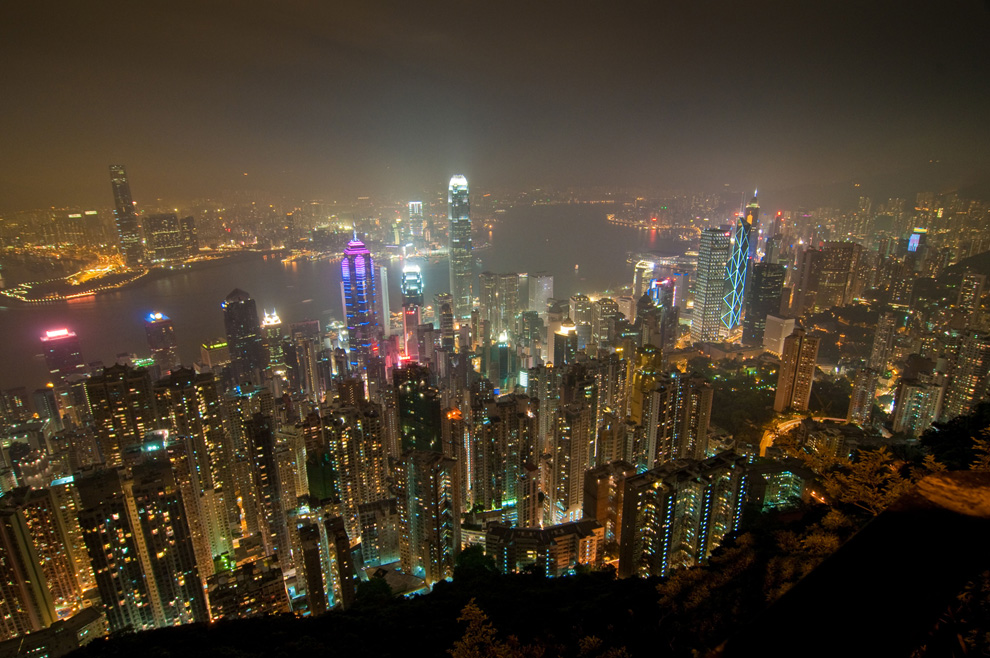Max Lyons
We've recently seen quite a few night photographers use multi-frame panoramas in their work. One of the best resources for panoramic photographers is Max Lyons' panorama image gallery and forums. Max is also the author of the great PTAssembler panorama stitching software, as well as the ImageStacker software which is great for creating long stair trails.
So, what happens when you combine a panoramic set of images, with stacked star trails, along with night photography? Max produced this stunning shot from Great Falls in (I assume) Montana:
If you have any serious interest in panoramic photography, I would definitely suggest checking out the forums on Max's site.
So, what happens when you combine a panoramic set of images, with stacked star trails, along with night photography? Max produced this stunning shot from Great Falls in (I assume) Montana:
If you have any serious interest in panoramic photography, I would definitely suggest checking out the forums on Max's site.






